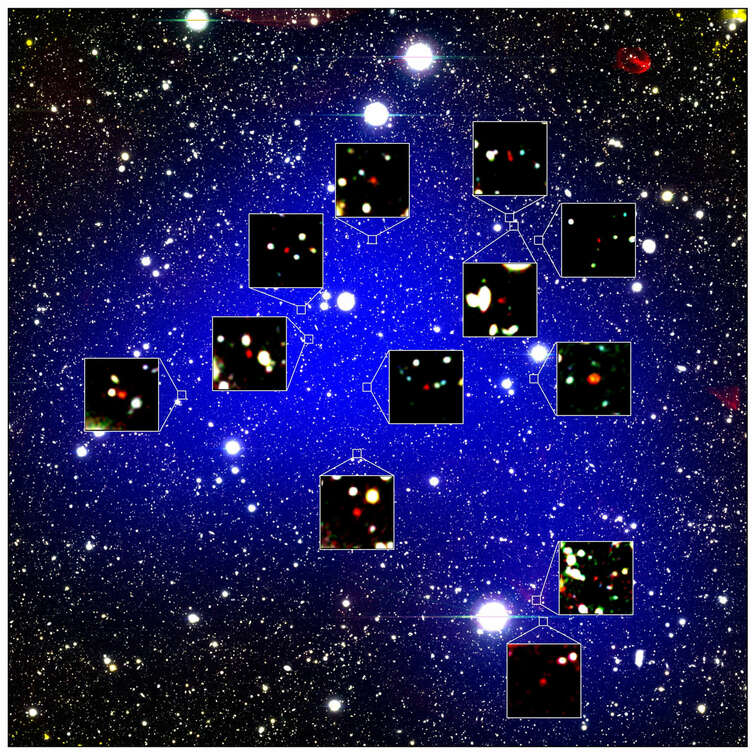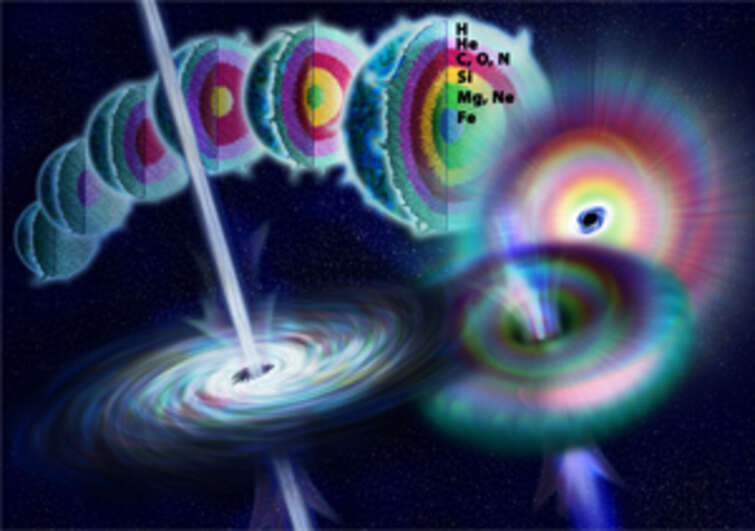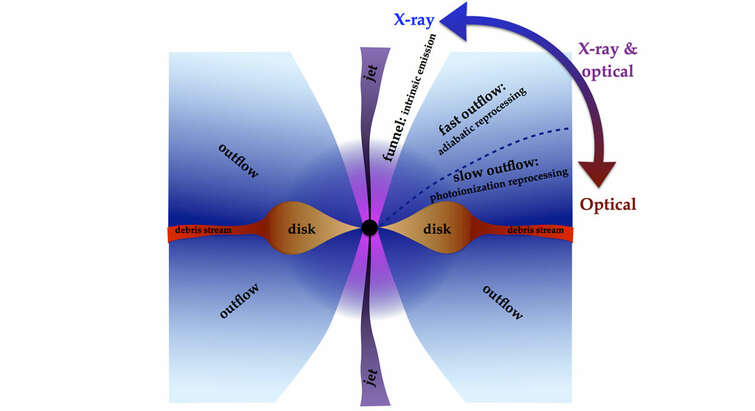
News about Astrophysics
Viser 241 til 264 af 430 dokumenter.


Record breaking observations find most remote protocluster of galaxies, linking dark matter to galaxy formation

Leonardo Krapp

Cecilie Sand Nørholm

NSF Awards Funding for the IceCube Upgrade

Greenland Telescope to image black holes by moving onto the Greenland ice sheet

Irene Tamborra, associate professor at the Niels Bohr Institute, receives scientific prize

Four young scientists at the Niels Bohr Institute receive Villum Young Investigator grants

Catching a glimpse of the gamma-ray burst engine

Hubble searches for the origin of the first galaxies

New observations link gigantic star collisions to homeless short duration gamma ray bursts

Here is what it looks like, when a massive black hole devours a star

Andrius Popovas

Carlos Gómez Guijarro

Elizabeth Artur de la Villarmois

Gopakumar Mohandas

Jens Juel Jensen

Jonatan Selsing

Nils Henrik Pehlivan Rhodin

Per Andersen

Steffen Kjær Jacobsen

Markus Ahlers receives 7.3 million DDK to find the sources of cosmic neutrinos

Giorgos Leloudas receives 10 million DKK to investigate the “blackest” of black holes in the Universe

